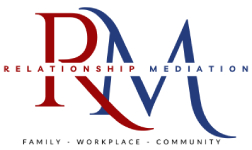1. Breakdown in Communication
- Miscommunication, misinterpretation, and lack of active listening often lead to misunderstandings and conflicts
- Causes include unclear expression of thoughts, failure to understand messages, cultural differences, language barriers, and technological issues
- Implementing effective communication strategies can mitigate these issues
2. Differences in Values or Work Styles
- Conflicts arise from differences in work ethics, priorities, or task approaches
- For example, an employee focused on efficiency may clash with one who prioritizes thoroughness
- Understanding and respecting diverse work styles can help reduce these conflicts
3. Power Struggles or Conflicting Interests
- Individuals may compete for power, influence, or control over resources due to differing ambitions or goals
- Such conflicts occur when parties try to protect their interests and assert control
- Clear role definitions and fair resource allocation can help manage these conflicts
4. Unresolved Past Issues
- Lingering resentments or past disputes can resurface, triggering new conflicts
- Addressing and resolving past issues is crucial to prevent their recurrence and escalation
- Organizations should foster a culture of resolution and closure
5. Lack of Clarity about Roles, Responsibilities, or Expectations
- Uncertainty about tasks, reporting relationships, or expected outcomes can cause confusion and conflict
- Ambiguity in job descriptions, policies, or performance expectations can lead to disputes
- Clear communication and defined roles are essential to avoid such conflicts

